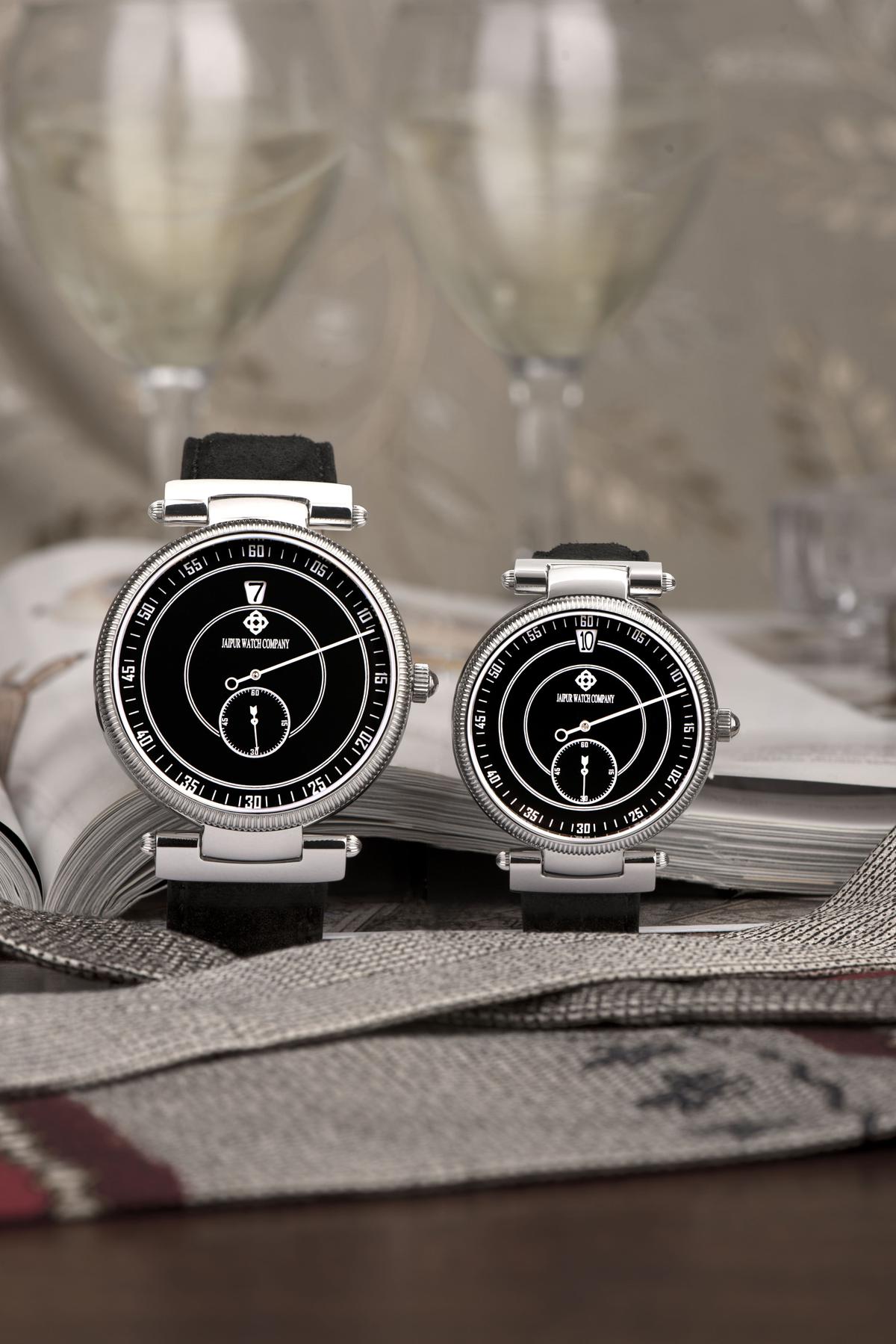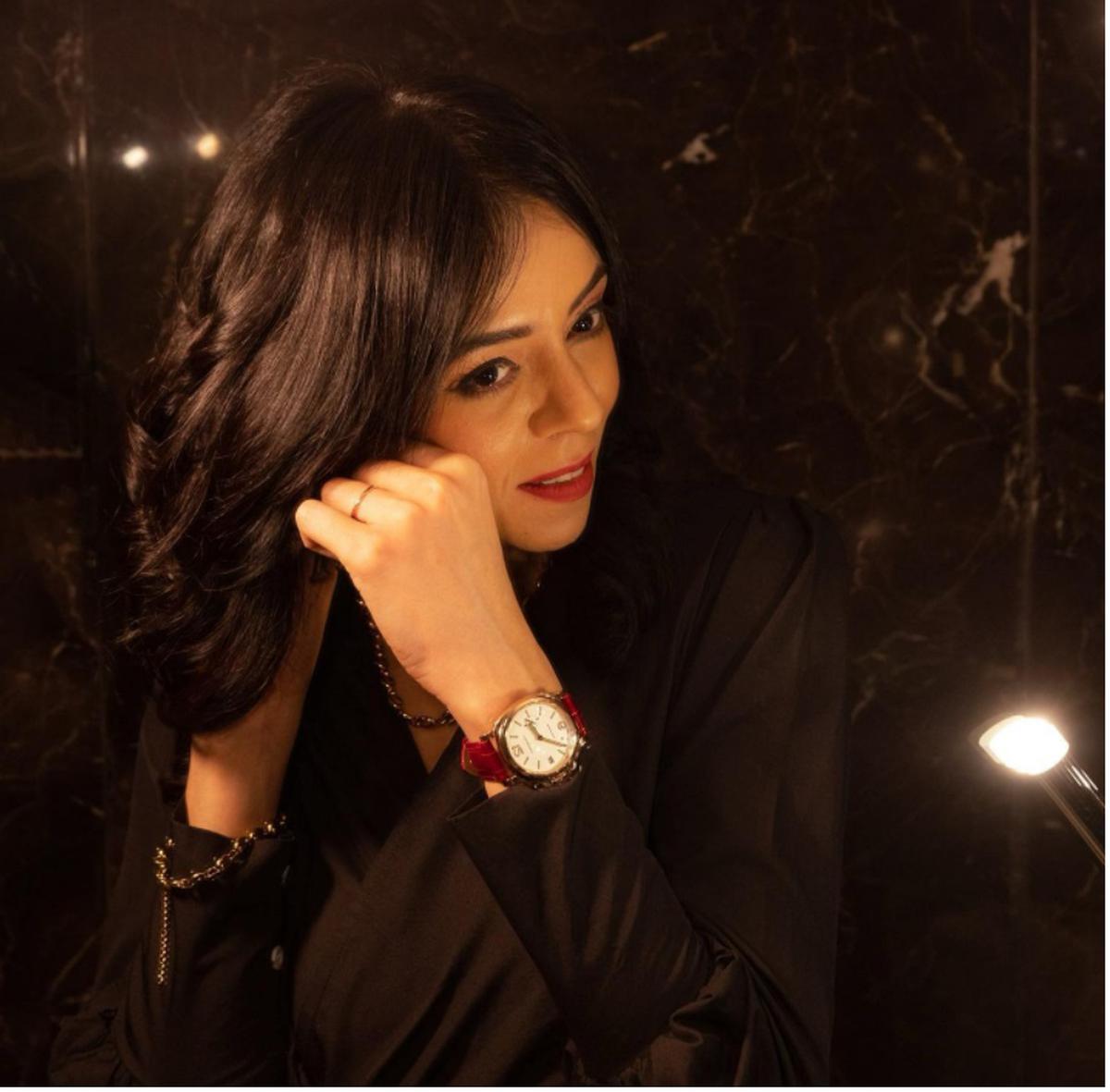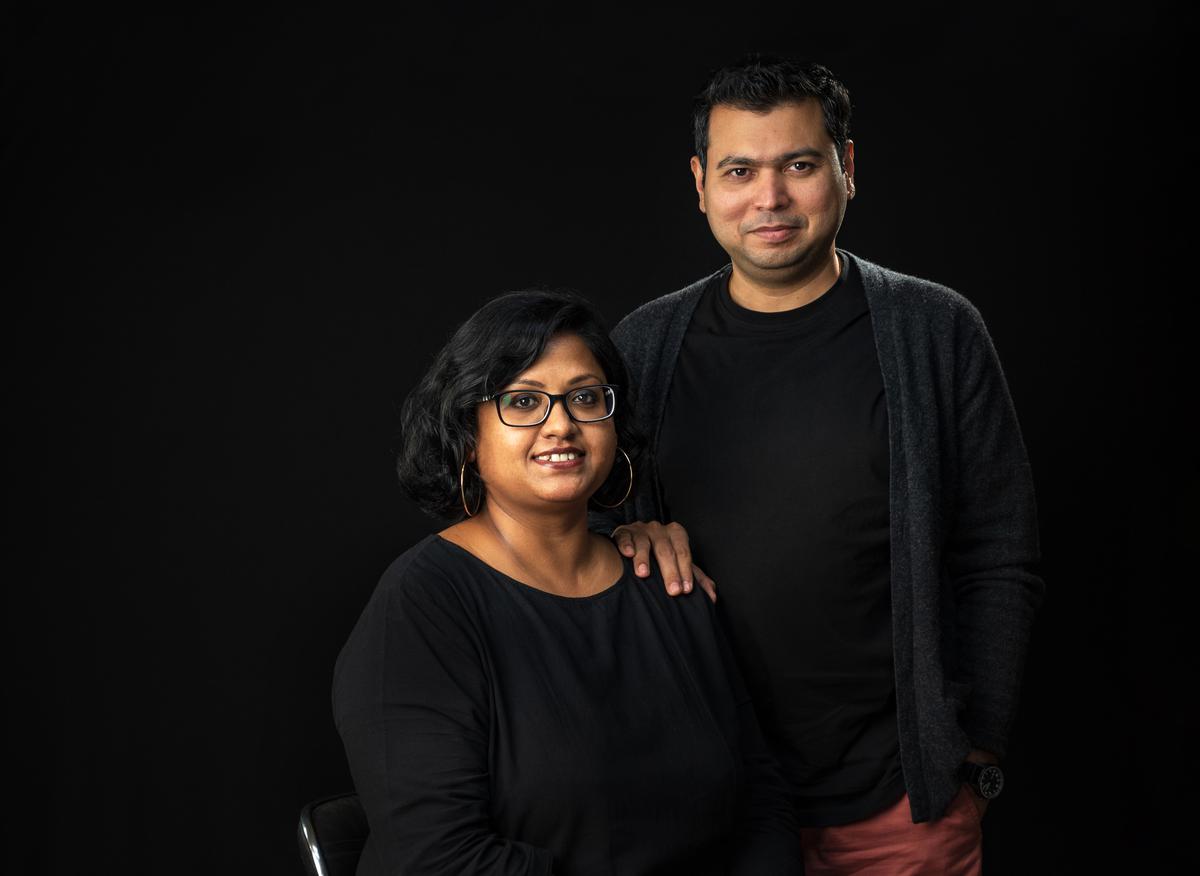A young and growing collectors’ community, better sales figures, and the entry of brands such as Seiko, Czapek and Bovet 1822 are helping focus global attention on India
A young and growing collectors’ community, better sales figures, and the entry of brands such as Seiko, Czapek and Bovet 1822 are helping focus global attention on India
In August 2020, watchmaker Jaipur Watch Company launched the Jumping Hour watches. The timing — right in the middle of the first wave of Covid-19 — could have jeopardised founder Gaurav Mehta’s plans, but his company ended up selling 150 of the 200 stainless-steel wristwatches. “I was surprised,” says Mehta, 38, whose business took a couple of months to pick up after the March 2020 lockdown. “I call it a case of ‘revenge buying’ [as people were splurging when the market reopened]. We added more variants to the collection to meet the growing demand, and now only about 23 pieces are left.” Priced at ₹50,000, with a special movement feature for every time the minute hand struck 12, they are available on the brand’s website and Tata CLiQ.
Mehta’s success came thanks to the fast-emerging cult of watch collectors in the country. To make the sales, he reached out to potential buyers through his top 50 clients and a network of watch collector communities, such as RedBar Bombay, the first Indian chapter of the international group RedBar, Watch Enthusiasts India (WEI), and Horology Talk.
While India has three significant independent watch brands at present — Jaipur Watch Company, Bangalore Watch Company, and Titan (HMT, whose watch division shut down in 2016, sells its stock on its website) — the demand for international luxury watches is growing among new and seasoned collectors. This applies to the big brands like Hublot and Omega as well as the independents and micro-brands. The list of global names who are eyeing our market includes Grand Seiko, Czapek, Girard-Perregaux, and Bovet 1822, says Preetika Mathew, editor of WatchTime India magazine. “There’s news of more brands coming,” she adds.

Jumping Hour Watch by Jaipur Watch Company
The Indian market is big, shows data. According to market and consumer data company Statista, our revenue in the watch segment is ₹13,312 crore this year. The market is expected to grow 10.24% every year till 2026.
Growing the collection
India’s watch communities — rather close-knit, with members joining only through invitation or credible referrals — are a recent phenomenon, but the numbers are rising. RedBar Bombay is considered one of the most reputed among them. Born out of 34-year-old Punit Mehta’s Bombay Watch Enthusiasts in 2021, it is India’s first official chapter of RedBar, which claims to be the largest watch collector community in the world.
The official count of the Mumbai chapter is a little over 100 members who meet up to discuss new releases, rare timepieces, brands and personal collections. Karan Anshuman, creator-director of Emmy-nominated show Inside Edge and of Mirzapur, is a member.

Preetika Mathew, editor-in-charge, WatchTime India
While watch collectors are usually seen as older men, this trend is changing, says Mehta. The average member of RedBar Bombay is between 35 and 40. There are a handful of women too, like Karishma Karer, editor of Hands On Time and co-founder of The Hour Markers, a media platform for watches. Mehta calls Karer a supporter of their community whose “guidance and connections have helped us grow”.
Down South, Chennai has a strong watch community. Stylist and watch enthusiast Osman Abdul Razak is planning to start Madras Watch Shop (with a friend) for neo-vintage and art-deco timepieces. The rarest pieces he’s spotted in the city include a 1940s Zenith Automatic Bumper movement, which was handed down three generations, and a 1957 Rolex Oyster Royal with a textured chevron dial in cream with unusual hour markers.
Punit Mehta, chapter leader, RedBar Bombay
Crucial days
The pandemic’s impact has been a ‘double-edged sword’. Though at the outset, enthusiasts stopped buying, Mehta says that, at the same time, their interest in the finer details grew. They became more inclined to reading and gaining knowledge before making a purchase. The community also adapted well online. “A lot of brands set up live Q&A sessions on Instagram to meet brand founders and have them answer questions. We also moved to webinars where experts talked about specific topics,” he says.
And what about watch news? For Mathew, the digitisation of news didn’t have a direct effect on editorial structure. “Print didn’t change much. We are still doing in-depth stories and reviews, but the online space has become more dynamic. So, we rush with stories online,” she says.
Meanwhile, the most recent data from the Federation of Swiss Watch Industry is showing promise in India. In January and February, the value of Swiss watch exports to the country grew from ₹175.7 crore (in 2021) to ₹196.1 crore — though it is not yet close to the 2020 figure of ₹225 crore.

Karishma Karer, editor of Hands On Time and co-founder of The Hour Markers
Brand aware
Swiss watchmakers are also taking an interest in India (globally, we were the 24th biggest importer in the first two months of 2021). RedBar Bombay has organised many sessions for its members, from a chat with Maximilian Büsser, the founder of luxury brand MB&F, to one with style director Christian Selmoni and CMO Laurent Perves of Swiss manufacturer Vacheron Constantin.
Indians aren’t just buying Rolexes and Omegas. “The online space has introduced watch nerds to many new, independent brands like MB&F, Ming, Genus Watches, and Kurono Tokyo,” says Mehta. For those whose pockets aren’t as deep, the mainstream choices are limited to Tissot, Rado, Seiko and TAG Heuer, says Nirupesh Joshi.

Nirupesh Joshi and wife Mercy Amalraj, founders, Bangalore Watch Company
His brand, Bangalore Watch Company, produces a few hundred to a thousand pieces a year. They are known for watches that celebrate Indian aviation and space exploration. “Our bestsellers are our MACH 1 [inspired by the Indian Air Force], and Apogee watches. The limited-edition Apogee Extraterrestrial has a meteorite rock recovered from Scandinavia. All 50 pieces, priced at ₹1.7 lakh each, were sold in a few days after its launch last August,” he adds.

MACH 1 by Bangalore Watch Company
The craze for ‘limited’
While improved tech and the affordability of smartwatches have seen their popularity rise in India, Mumbai-based retailer, Art of Time, observes that this has not significantly impacted the luxury watch industry. “One is more likely to wear a fine timepiece to an event than a smartwatch. Luxury watches are like pieces of art, handcrafted and passed down generations and will be ticking long into the future,” says the company’s head of communications, Disha Sawhney.
Dr Karan Madan, founder, Watch Enthusiasts India
What is changing, however, is the obsession with limited edition models and how social networking platforms are helping close the gap in acquisition. Last November, Dr Karan Madan, who founded WEI, posted a photo of Seiko’s Alpinist Mountain Glacier, which was only available in Europe, on the group’s Facebook page. A member of WEI who lives in Norway immediately got in touch and asked the Delhi-based diabetes specialist to pay for the limited-edition watch and have it delivered to his home. “He then sent it with his brother who was coming to India a month later,” he concludes.
























